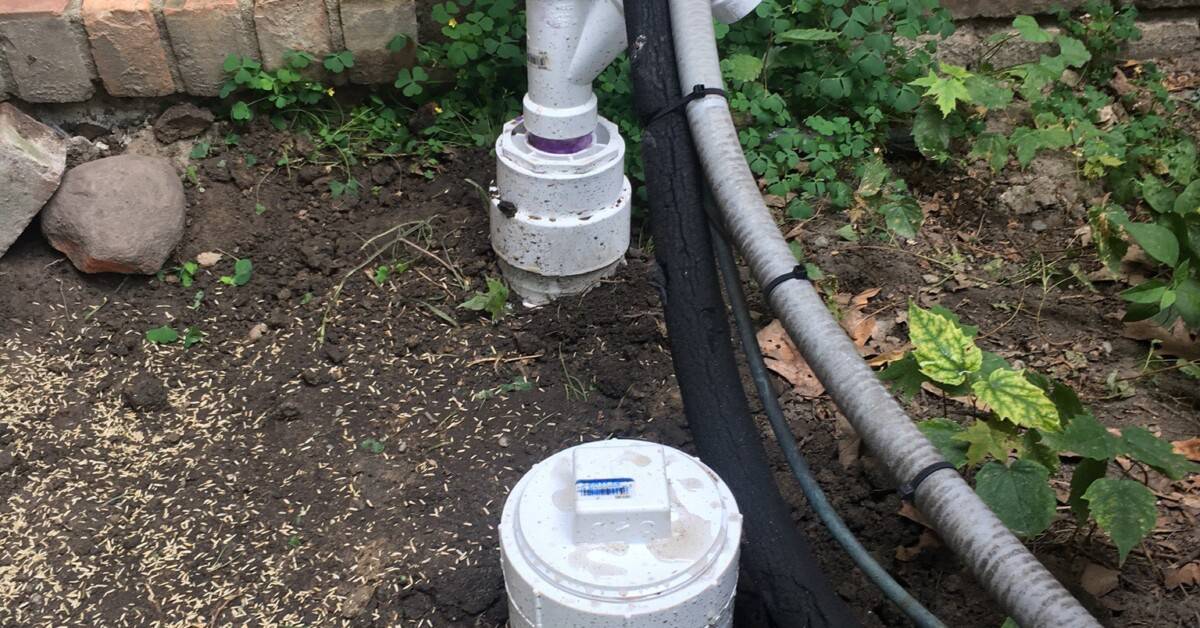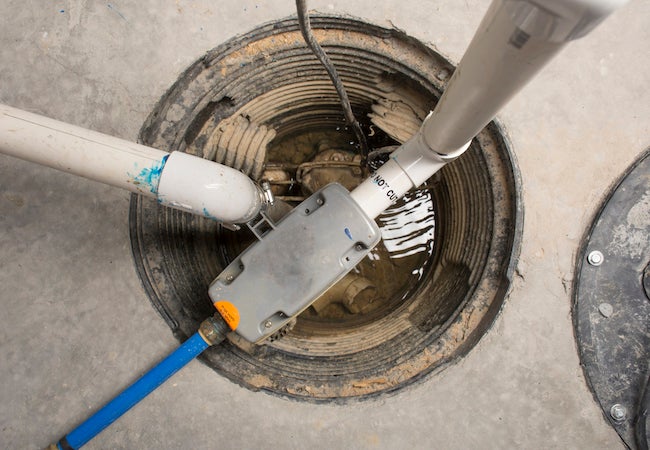Straightforward Tips for Cleaning Your Sump Pump
Straightforward Tips for Cleaning Your Sump Pump
Blog Article
Everybody seems to have their personal views in relation to How to Care for Your Sump Pump.

Sump pumps are critical parts in several homes, specifically in areas prone to flooding or excessive wetness. They help avoid water damages by efficiently getting rid of excess water from basements or crawl spaces. However, like any other device, sump pumps require normal maintenance to ensure they work efficiently when needed the most. Cleansing your sump pump is an important part of its maintenance, and understanding how to do it appropriately can conserve you from pricey fixings and potential catastrophes.
Introduction
Preserving a tidy sump pump is crucial for its correct performance and long life. Overlooking this necessary task can result in clogs, breakdowns, and inevitably, water damage to your residential or commercial property. Consequently, discovering how to clean up a sump pump is vital for homeowners who rely on these tools to maintain their basements dry and secured.
Indicators of a Dirty Sump Pump
Understanding when your sump pump requires cleaning is crucial for avoiding possible breakdowns. Some usual indicators that show a filthy sump pump consist of strange noises during operation, minimized water circulation, and visible particles in the pit. If you notice any one of these signs and symptoms, it's important to clean your sump pump immediately to prevent any type of further concerns.
Getting ready for Cleaning
Before you start cleaning your sump pump, it's essential to take some security precautions. Begin by shutting down the power to the pump to avoid any type of electric crashes. Additionally, wear ideal protective gear, such as handwear covers and goggles, to secure yourself from dust, particles, and prospective pathogens.
Recognizing the Sump Pump
Prior to diving into the cleansing process, it's necessary to have a fundamental understanding of just how a sump pump works. Commonly set up in a pit or container below the cellar flooring, a sump pump includes numerous vital elements, consisting of a pump, a float switch, and a discharge pipeline. When water accumulates in the pit, the float switch activates the pump, which then pumps the water out through the discharge pipeline, away from the structure's foundation.
Step-by-step Overview to Cleansing a Sump Pump
Shutting Off the Power
Begin by separating the power supply to the sump pump to avoid any kind of mishaps while cleaning.
Checking for Correct Performance
Prior to reinstalling the pump, carry out a quick test to make sure that the float switch turns on the pump appropriately. Put some water right into the sump pit and observe the pump's operation. If whatever is functioning properly, you can reconstruct the pump and reconnect the power supply.
Eliminating Debris and Dirt
Make use of a pail or an inside story to eliminate any visible particles, dirt, or debris from the sump pit. Dispose of the debris appropriately to prevent it from clogging the pump or the discharge pipeline.
Cleansing the Pump and Float Switch Over
When the pit is clear of particles, meticulously get rid of the pump from the pit. Check the pump and the float button for any type of indications of damages or wear. Utilize a soft brush or cloth to clean up the surfaces and remove any type of accumulated gunk.
Flushing the System
After cleaning up the pump and float switch, flush the sump pit with clean water to get rid of any staying dirt or sediment. This will aid make sure that the pump operates efficiently and effectively.
Upkeep Tips to Maintain Your Sump Pump Clean
Along with periodic cleaning, there are several upkeep ideas you can comply with to maintain your sump pump in ideal condition:
Verdict
Cleaning your sump pump is a vital facet of its upkeep and makes certain that it operates properly when you require it the most. By following the actions laid out in this overview and integrating normal maintenance right into your regimen, you can prolong the life-span of your sump pump and secure your home from water damages.
6 STEPS ON HOW TO CLEAN A SUMP PUMP PROPERLY
UNDERSTANDING SUMP PUMPS
Your sump pump plays a crucial role in protecting your home by managing and removing excess water. It primarily functions as a “shield”, guarding your basement against the damaging effects of water accumulation. The pump is housed in a sump pit in the lowest part of your basement, and its job is to pump out any water that collects there.
During heavy rainfalls or when snow melts rapidly, water can infiltrate your basement, posing potential risks like flooding, structural damage, and harmful mold growth. Here, the sump pump springs into action, pumping out the intruding water and directing it away from your home.
SAFETY FIRST
Before cleaning, remember to prioritize safety. Disconnect the sump pump from the power source to prevent any accidental electric shocks. Also, wear sturdy gloves to protect your hands from any sharp or dirty components within the pump.
REMOVE THE SUMP PUMP
After ensuring your safety, the next step is to remove the sump pump from its pit. Doing this might require careful maneuvering as you don’t want to damage any pump components. Once removed, clean the sump pit to remove any accumulated debris or sludge.
INSPECT THE PUMP
Inspect the pump for any visible signs of wear or damage. Check the power cord, float switch, and impeller housing. If any components look worn out or damaged, consider replacing them to ensure optimal performance.
CLEAN THE PUMP
Thoroughly clean the pump with warm, soapy water. Make sure to rid it of any dirt, gravel, or other debris that might impede its performance. You can use a toothbrush to clean the small, hard-to-reach parts of the pump.
REINSTALL THE SUMP PUMP
Reinstall the pump into the sump pit Make sure it’s positioned correctly to remove the water effectively Once it’s back in place, reconnect it to the power source TEST THE PUMP
Finally, pour some water into the pit to ensure the pump works correctly. It should start automatically and begin pumping out the water; if it doesn’t, check the power source and the positioning of the pump.
Remember, while cleaning your sump pump is an essential part of home maintenance, hiring a professional plumber for a thorough inspection and cleaning at least once a year is also important. This will ensure that your pump is in optimal condition, ready to protect your home from potential water damage.
BEST PRACTICES FOR CLEANING SUMP PUMP DISCHARGE PIPES
Regular Inspection: Regularly inspect your discharge pipes, especially during heavy rainfall or snowmelt periods. Look for any signs of blockage or damage. Early detection of problems can prevent serious issues down the line. Periodic Cleaning: Over time, sediment and debris can accumulate in the discharge pipes, impeding the flow of water. Regular cleaning helps keep the pipes clear and functioning efficiently. You can use a high-pressure water jet to effectively clean the pipes. Insulation During Winter: In colder climates, discharge pipes can freeze, blocking the outflow of water. Protect your discharge pipes from freezing temperatures by insulating them with foam pipe insulation. This will ensure the sump pump can continue to discharge water even in freezing conditions. Proper Positioning: The discharge pipe should be positioned to direct water away from your home’s foundation. Improper positioning can lead to water seeping back into the basement. Ensure the pipe is long enough and angled correctly. Installation of a Check Valve: A check valve prevents water from flowing back into your sump pit after the pump has pushed it out. Installing a check valve helps maintain the efficiency of your sump pump and reduces the risk of flooding. Minimize Pipe Turns: Every curve or turn in the discharge pipe can decrease the efficiency of water flow. By minimizing turns and bends in your discharge pipe, you can increase the efficiency of your sump pump. https://www.fullspeedplumbing.com/how-to-clean-a-sump-pump-properly9999/

Do you appreciate more info about Cleaning & Maintenance Tips for Your Home's Sump Pump? Leave a remark down the page. We'd be glad to hear your thinking about this write-up. In hopes that you visit us again in the near future. Enjoyed reading our piece? Please quickly share it. Help someone else find it. Thanks a bunch for being here. Please come visit our site back soon.
Call Today Report this page